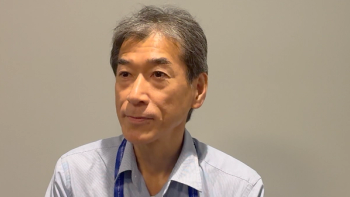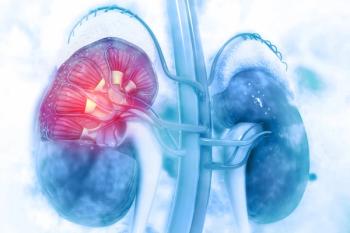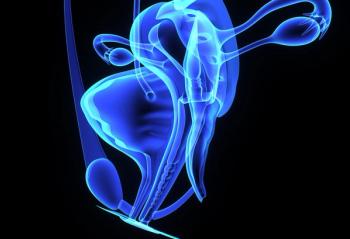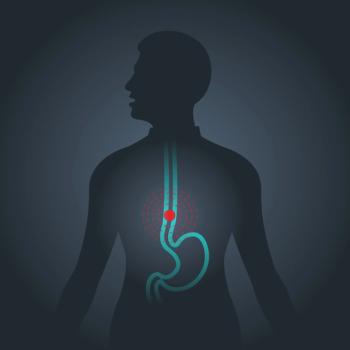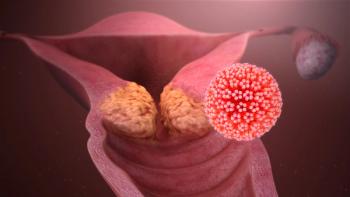
Miami Breast Cancer Conference® Abstracts Supplement
- 42nd Annual Miami Breast Cancer Conference® - Abstracts
- Volume 39
- Issue 4
- Pages: 31-32
57 Tumor Morphology Concordance in Multifocal/Multicentric Triple- Negative and HER2+ Breast Cancers
Background
There are a number of studies examining exceptional responders to neoadjuvant chemotherapy (NAC) and the potential to eliminate breast surgery. Thus far, patients with multifocal/multicentric (MF/MC) tumors have been excluded from surgery omission studies and mastectomy is often recommended. Obligatory mastectomy may be overtreatment for patients who achieve pathological complete response (pCR) after NAC. One potential application of surgical omission studies could be excision of the primary tumor for patients with MF/MC tumors, and avoid mastectomy. This is only possible if response rates, or the morphology of the multiple sites, are similar.
The objective of the study is to evaluate for biomarker and morphology concordance between the main tumor and satellite sites of multifocal/multicentric triple-negative breast cancer (TNBC) and HER2-positive tumors.
Materials and Methods
We performed a retrospective chart review of MF/MC tumors within our institutional database. Of those, we selected patients with TNBC or HER2-positive tumors. The following characteristics were collected and analyzed: number of foci, size of foci, number of core biopsies performed, clinical stage, foci concordance, systemic therapy (neoadjuvant or adjuvant), surgery type, pathologic complete response (pCR) status (ypT0/ypTis). The surgical pathology slides were re-reviewed by a single pathologist to assess for tumor morphology and biomarker concordance.
Results
There were a total of 315 patients with MF/MC disease. We identified 45 patients with TNBC and HER2-positive tumors. There were 3 patients with clinical multifocal disease by imaging but were found to be unifocal on final pathology. The median number of foci was 2 (1-4). The median size of the largest foci was 2.5 cm (0.3 -12.5). The most common clinical stage was 2 (40%). There were 13 patients treated with neoadjuvant and 29 patients treated with upfront surgery.
Of the 13 patients treated with NAC, 1 had a pCR (TNBC)—all tumor foci responded uniformly. Of the TNBC patients who received NAC, 1 patient’s surgical excision slides were not available and of the HER2-positive patients who received NAC, 1 patient’s surgical excision slides were not available for re-review of concordance.
Of the 10 evaluable patients with remaining disease, morphology was concordant among 8/10 (80%).The 2 discordant patients had incidental invasive lobular carcinoma on final pathology, and both patients had only 1 preoperative core biopsy. Nine out of 13 (69%) patients underwent mastectomy.
There were 29 patients treated with upfront surgery. Of the patients with TNBC with upfront surgery, 5 patients did not have surgical excision slides available, and of the HER2-positive patients with upfront surgery, 1 patient did not have surgical excision slides available for pathology re-review of concordance.
Of the 23 evaluable patients treated with upfront surgery, morphology was concordant among 21/23 (91%). There were 18 out of 29 (62%) upfront surgery patients who underwent mastectomy.
Conclusion
Tumor morphology and biomarkers were similar among separate tumor foci for a majority of patients with TNBC and HER2-positive disease. Further analyses are warranted with larger sample sizes to assess the feasibility of breast conservation (lumpectomy of the main site) in patients with multifocal/multicentric tumors after NAC.
Articles in this issue
Newsletter
Stay up to date on recent advances in the multidisciplinary approach to cancer.


